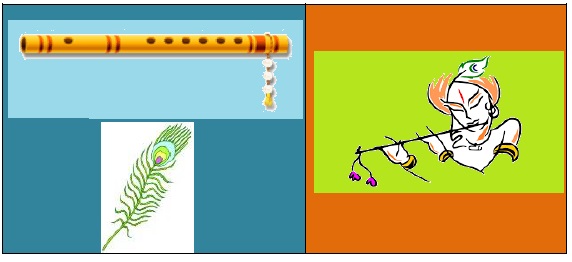Good Action, Bad Action and No Action

Good Action, Bad Action and No Action By S. Sankaran. You are traveling in a train. The trees seen through the windows of the train are moving fast depending upon the speed of the train. The train and yourself in the train are moving, but the trees are fixed to the ground and are static without any movement by themselves. But, your movement - i.e. action of yours is being imposed on the trees, which seem to move. This is called ‘inaction in action’. Inaction of the trees has action imposed on them. In the sea, a ship, which is moving, seems to be motionless for the man at the shore. Similarly, moon is moving, but to you, it seems to be motionless. The movement of ship and moon ends up in inaction for the man who has no action. Here action is ‘action in inaction’. What is the purpose of narrating the phenomenon of ‘inaction in action’ and ‘action in inaction’? The above narrations are only prelude to explain the intricate meanings of o...